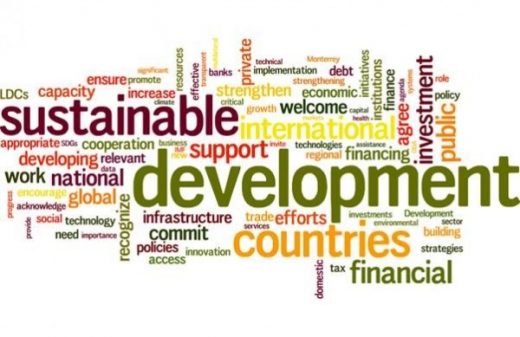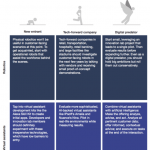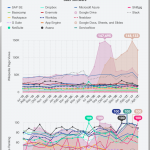To Expand Into New Markets On the Web, Speak Their Language
To Expand Into New Markets On the Web, Speak Their Language
by Craig Witt , Columnist, (December 20, 2017)
When it comes to your website, the stakes are high. Launching a global website — or websites — can be incredibly powerful, yet also overwhelming, regardless of how big your marketing organization is.
You likely have numerous goals for your new sites, but one imperative stands out in your quest to reach global audiences: You must speak their language.
This doesn’t mean simply translating and optimizing your website for global audiences. It means your site should include regionally preferred lingo that respects cultural nuances, including locally celebrated holidays.

Here are some common mistakes to avoid when launching new sites to reach global markets:
You ignore “leveling up” your translations with localizations
Great translations are a “must have” when serving global online customers. But to generate meaningful lifts in organic traffic and on-site engagement, make sure to leverage the power of localization.
Localizations are market-specific translations that use locally preferred words and phrases to help companies “speak like a local.” This customized approach — which positions your brand as a business committed to the local market — increases customer trust and loyalty.
You overlook market-specific buying habits
Buyers are as unique as the languages they speak. When you overlook their online browsing behaviors, shipping preferences, local holidays and payment options, you aren’t optimizing the experience for that audience.
Supporting locally preferred payment platforms is a smart move. If you’re not extending your financial fluency beyond Visa, MasterCard and PayPal, and getting savvy about local platforms like China’s Alipay and the Netherlands’ iDEAL, you’re missing opportunities to convert more sales through a payment method your customers trust.
You forget about mobile
Smartphone adoption continues to surge, especially in global markets. As a Pew Research Center survey explained last year, “as people in emerging and developing economies grow richer and become better educated, technology use is likely to grow.”
By 2018, more than one-third of global consumers — about 2.5 billion people — will own a smartphone, estimates suggest. Mobile devices currently account for more than a third of all e-commerce transactions. Is your brand ready to reach this massive mobile audience?
Take mobile into account as you’re planning your website translation strategy, and make sure your translated global sites are optimized for these devices. This is important not only because of increased mobile adoption and on-the-go web searches, but because mobile is often the most common way to access the internet.
You only think about words
We’ve mentioned the importance of translating webpage text—but what about site links, graphic text, product specifications and metadata? To create the linguistically immersive experience your global customers expect and deserve, make sure to translate all website content. This fosters brand credibility, and contributes to local search engine optimization.
You let it get stale
As a best practice, marketers should enlist technology that leverages and translates the existing code and content of your English website to serve global markets. This reduces effort on your end, and enables fast and accurate translation of your website content—both at launch and ongoing.
The ongoing management of a multilingual site is especially important. When you make a change to your company’s primary-market website, those changes should be immediately reflected on your websites in global markets. Your global sites must also be refreshed in real-time with the latest information about offerings, including availability, descriptions and inventory across all necessary markets (and languages). And it should be done in a way that’s culturally fluent and relevant to the local market.
Move forward and get it right
Translating words on a page is a necessary first step, but it’s just that — a step. To be successful you must: leverage the power of localization, understand and cater to market-specific buying habits, keep mobile top-of-mind, translate holistically to include graphic text and page elements, and move past a “set it and forget it” mentality.
Marketers must focus on presenting up-to-date global websites that feel authentic and accurate across all the regions they serve. Only then will customers and partners trust your brand — and do more business with you.
MediaPost.com: Search Marketing Daily
(21)












